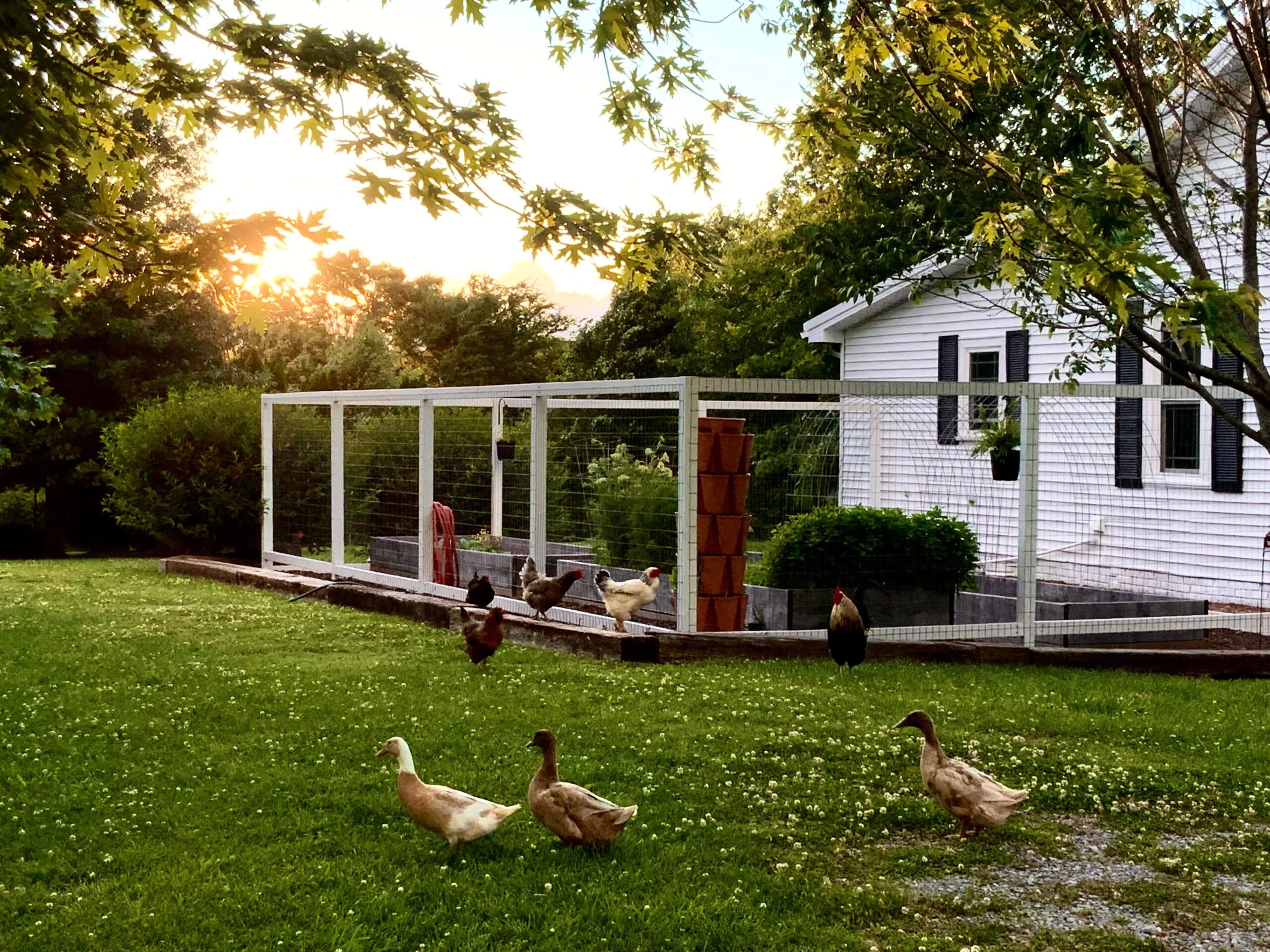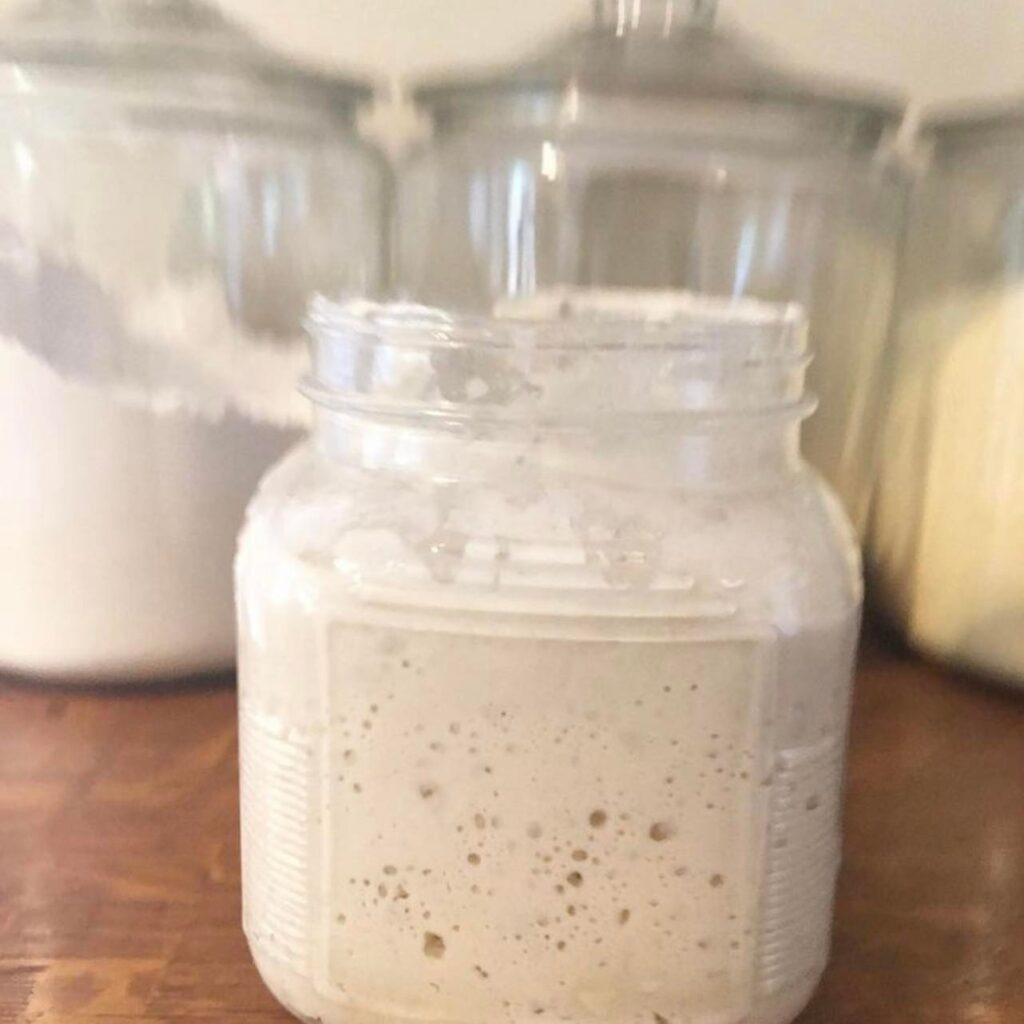
When I first began talking about “Homesteading” I received many a side-eye. It’s a word that has been long forgotten and, in my circles, likely produced thoughts of old-world struggle. I didn’t quite grasp the concept when I had first witnessed its trend a few years ago after reading of families who escaped the corporate world to live in debt-free tiny homes, or ladies on Instagram hunting down Sarah Ban Breathnach’s book “Simple Abundance”. However, there was something gripping me as well, I can’t quite explain where it came from. Perhaps it was the call from my ancestors to slow down and reconnect with my spirit. I read blogs about crating Hygge, Urban Farming and Cottagecore, so I tried dipping my toes in and see how it felt to create instead of consume.
I dipped my fingers into the earth and replaced flower beds with herbs. I bought into a CSA and learned to cook our meals from scratch. We bought a Berkey water filter. I baked bread, fermented krauts and reconnected my spirit with the earth. It felt as though we were in alignment for the first time in many years. And instead of our typical tropical vacation, that following summer we rented out a 100 acre ranch in the Ojai Valley for a couple of weeks where we were surrounded by horses, goats, chickens and cows.
I think that sealed the deal.
I had been longing for the countryside where I grew up, and Tony was able to feel the peace and fulfillment of a working farm. Although it wasn’t easy, the slower pace filled us both with hope for a more relaxing future.
Homesteading.
The word that felt foreign and absurd just four years ago, became a motto of sorts. When things unfolded in 2020, I understood the call. Someone or something deep within had given me the gift – implanting a desire I never knew I could have. It’s so hard to explain, however I feel that there are no coincidences. It brought us here to this little slice of heaven in the South.
To some, its a calling to go off grid, to hunt, prep and live off the land. To me, it’s about growing whole, organic foods, breathing in the fresh air, witnessing four seasons, drinking clean water, peace & quiet and the freedom to be who we want to be. Without anxiety-filled careers, city traffic, black tie affairs or pharma-pushing doctor appointments.
Homesteading equals Freedom in my eyes.
You can catch more of our slow-living journey and daily LIVE stories on Instagram RIGHT HERE.







